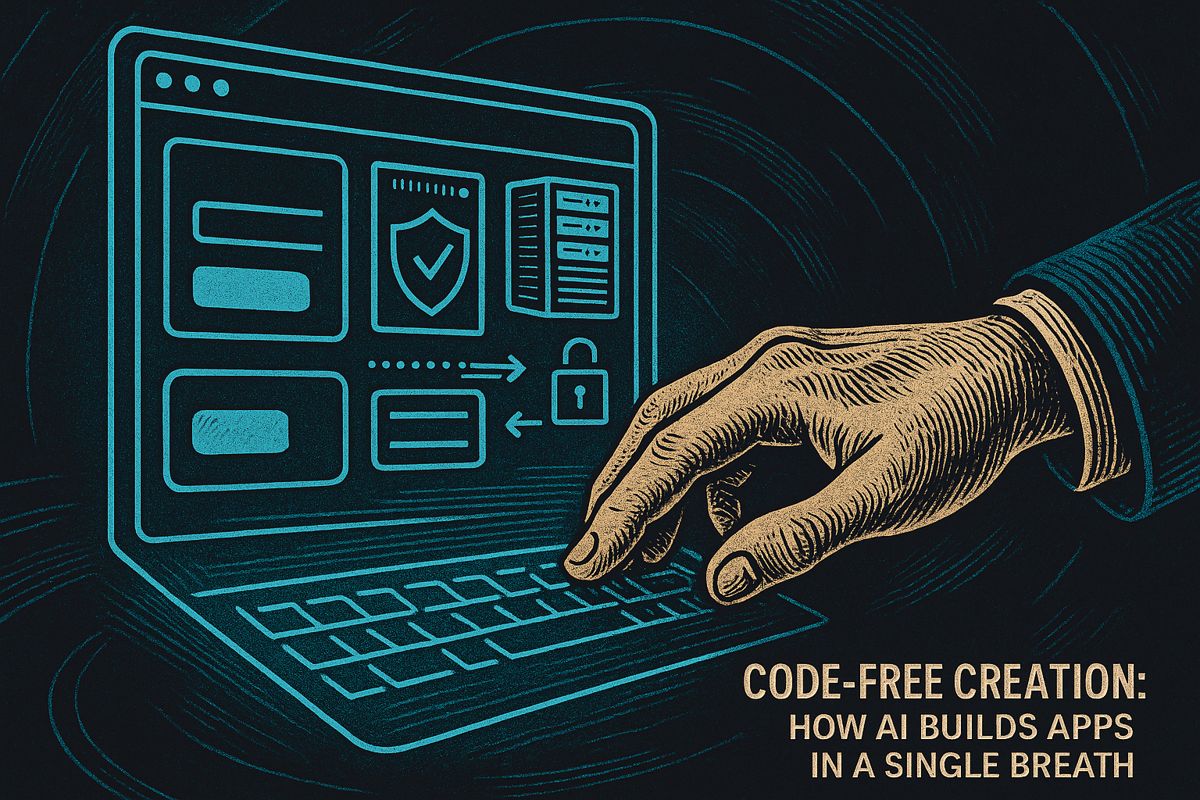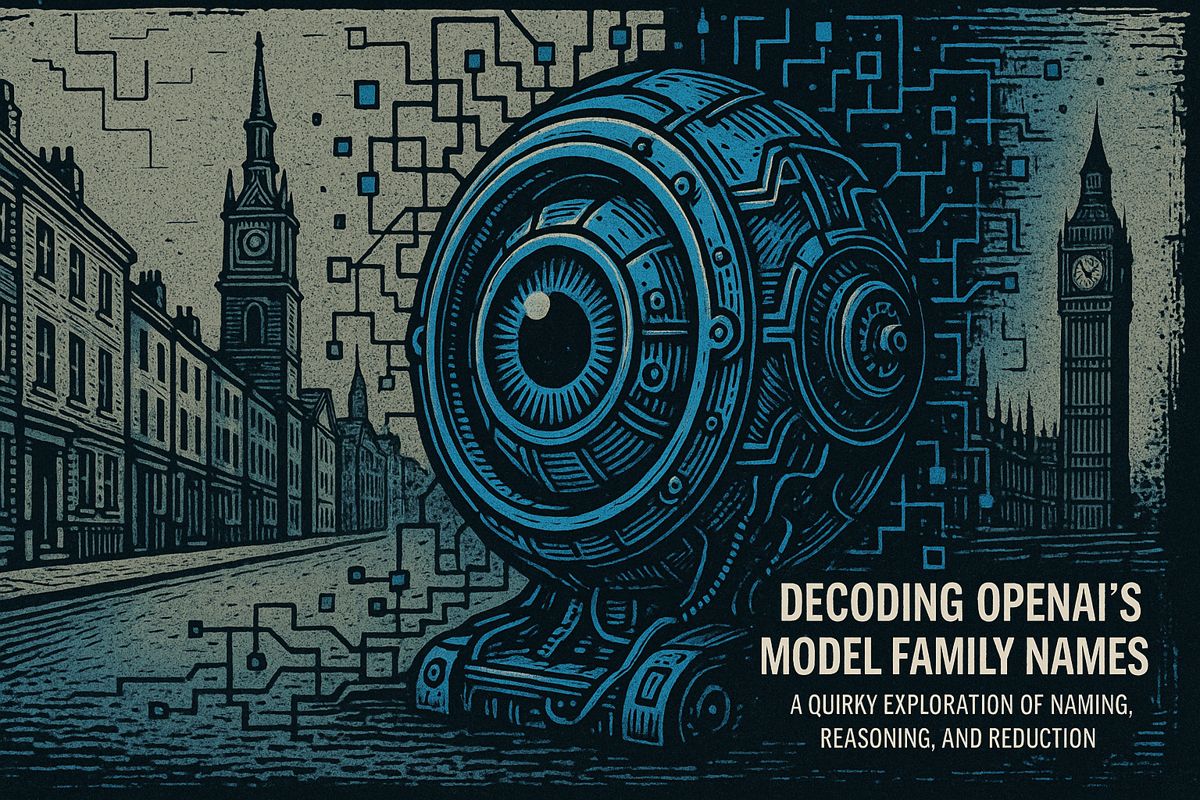A new Mayo Clinic AI tool is showing promise for detecting early cancer and heart disease risks from genomic data. Called UNISOM, the system identifies subtle mutations that signal future illness, paving the way for preventive care. It successfully detects clonal hematopoiesis of indeterminate potential (CHIP) in fewer than 5% of blood cells, a level that conventional lab methods often cannot identify.
This powerful algorithm provides clinicians with a crucial warning signal years before diseases like leukemia or heart failure manifest, enabling a proactive shift from crisis management to early, preventive care.
How UNISOM finds trouble before symptoms start
The UNISOM pipeline analyzes whole-exome and whole-genome sequencing data using a meta-caller and machine-learning filters. It is specifically designed to distinguish true somatic mutations from technical artifacts, allowing it to accurately identify the faint genetic markers of disease long before any clinical symptoms emerge.
By running a sophisticated meta-caller on whole-exome and whole-genome sequencing data, UNISOM applies machine-learning filters to separate true somatic mutations from technical artifacts. According to a 2024 study from the Mayo team, the pipeline detected roughly 80 percent of validated CHIP variants identified by deep targeted sequencing, as reported by MLO Online. This high sensitivity was maintained even when the mutant allele frequency fell below the 5 percent threshold that escapes most manual reviews.
CHIP affects approximately one in five adults over 60, increasing their risk of both blood cancers and atherosclerotic heart disease. Because carriers are asymptomatic, clinicians rarely screen for these mutations. UNISOM changes the cost-benefit analysis by processing existing genomic files from biobanks or clinical sequencing, avoiding the need for extra patient visits.
Mayo Clinic’s UNISOM AI Tool Detects Early Signs of Cancer and Heart Disease – next steps and safeguards
The research team is expanding validation to larger, more diverse cohorts, including samples from the Mayo Clinic Biobank, to confirm its accuracy across different ancestries. According to the Mayo Clinic News Network, Dr. Eric Klee emphasized the goal is to “detect disease at its earliest molecular roots.”
Regulatory clearance is still pending. For now, UNISOM is available as an open-science workflow on GitHub for academic groups to use while further clinical trials gather outcome data. To address the privacy concerns of using open whole-genome files, developers have implemented end-to-end encryption, role-based access controls, and compliance with HIPAA and GDPR regulations.
Future clinical adoption will require clear user interfaces that display each variant’s confidence score and clinical relevance, ensuring clinicians do not blindly trust a “black box” system. Researchers are also auditing the training data to mitigate algorithmic bias against under-represented populations.
A key checkpoint for full deployment will be prospective trials that track whether early CHIP detection leads to timely preventive therapy and measurable improvements in cancer and cardiac event rates.
If these trials are successful, UNISOM could become a vital part of routine genomic screening, turning a silent genetic warning into a prompt for personalized, proactive healthcare.
What is UNISOM and how does it detect silent disease risks?
UNISOM (Unified Somatic calling and machine-learning–based identification of CHIP) is a machine-learning pipeline that spots clonal hematopoiesis of indeterminate potential (CHIP) – a silent blood mutation present in about 1 of every 5 adults over 60 – by analyzing standard whole-exome or whole-genome sequencing files. In validation tests the model recovered nearly 80% of CHIP mutations, including clones that make up <5% of circulating blood cells, levels that conventional pipelines usually miss. Early results were reported in the Mayo Clinic News Network and detailed in Genomics, Proteomics & Bioinformatics (2025).
Why is early CHIP detection clinically important?
CHIP is asymptomatic yet strongly linked to a doubled risk of blood cancers and a 40–60% rise in major cardiac events. Because the mutations accumulate years before overt illness, catching them at <5% cell abundance gives clinicians a window to intensify cancer surveillance and manage cardiovascular risk factors such as hypertension or cholesterol long before symptoms appear.
How accurate is UNISOM compared with standard methods?
When benchmarked against deep targeted sequencing – the current laboratory gold standard – UNISOM achieved ≈80% sensitivity while operating on data originally generated for general genetic testing, meaning no extra wet-lab work is required. It also slashed false positives by using a meta-caller ensemble and a random-forest classifier trained on 60+ sequencing features, making CHIP screening practical on a routine genomic dataset.
Is UNISOM available for patients right now?
As of late 2025 the pipeline is open-source and freely shared on GitHub and the China National GeneBank Database for research use. Mayo Clinic is enlarging validation to more diverse biobank cohorts but has not announced FDA clearance or commercial launch; any rollout to everyday clinical care will likely follow larger outcome studies and formal regulatory review.
What ethical safeguards govern UNISOM’s use?
Because the tool re-uses existing genomic files, Mayo Clinic applies HIPAA-level anonymization, encryption and role-based access controls; samples are consented for secondary research. Independent reviews note that – like all AI diagnostics – algorithmic bias must be monitored, especially when CHIP prevalence differs by ancestry, so continuous fairness audits are built into the expansion plan.



















